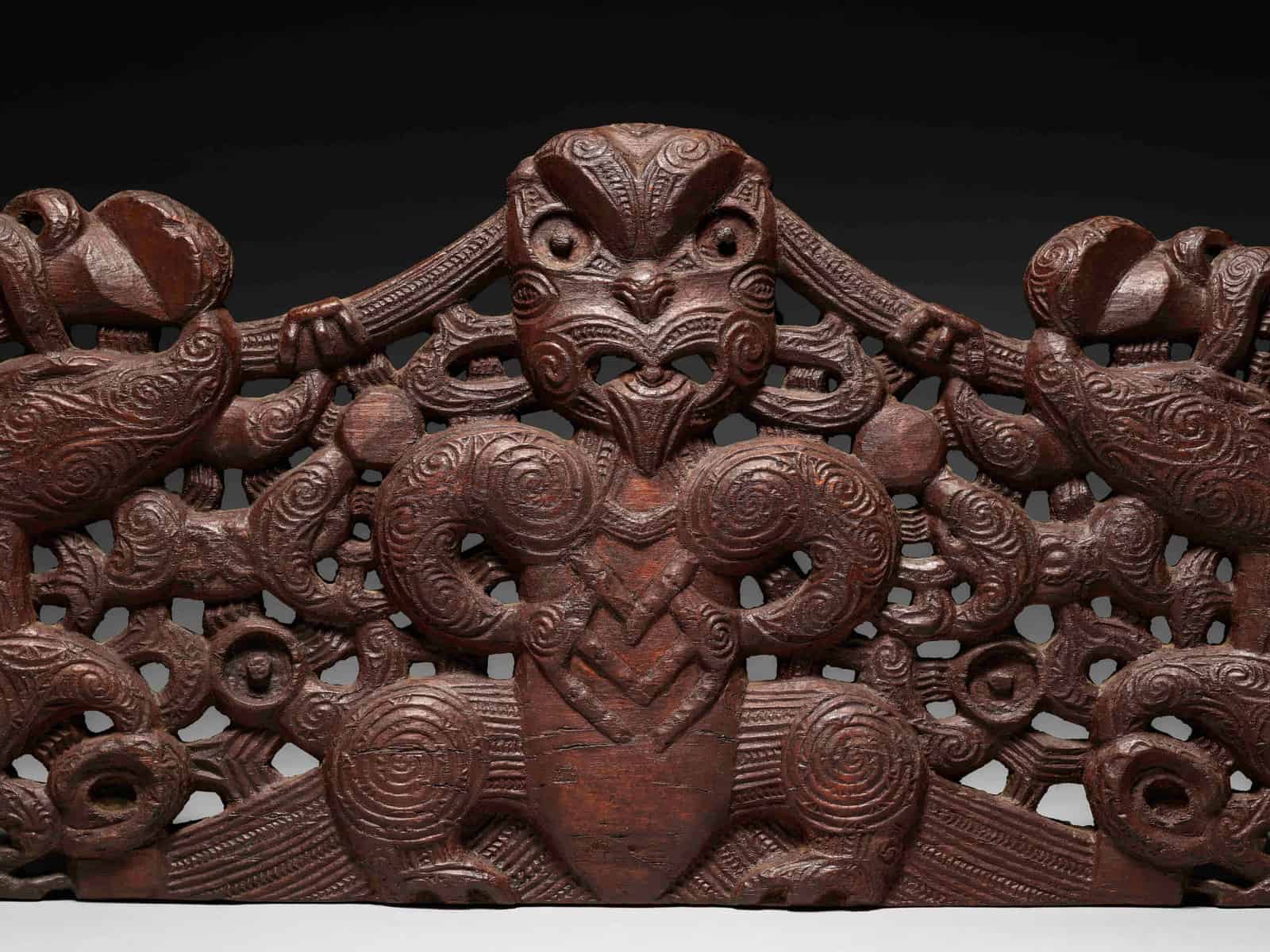Embracing Maori Art: A Joyful Guide for Families
Hey there, wonderful parents! Are you ready to explore the vibrant world of Maori art with your little ones? Maori culture is a treasure trove of beautiful stories, stunning art, and rich history that the whole family can enjoy and learn from. It’s not just about admiring the unique patterns and sculptures; it’s about understanding a culture that’s deeply rooted in New Zealand’s heritage. So, grab a comfy seat, gather the kiddos, and let’s dive into a colorful journey that combines fun and education in one happy package!
Why Introduce Maori Art to Your Kids?
We’re all about creating happy memories and priceless learning experiences, and what better way to do that than through the magical realm of art? When you introduce your children to Maori art, you’re not just teaching them about creativity. You’re also sharing with them the values of respect, community, and the importance of storytelling. As they sketch, carve, and weave, they will also weave a bond with an incredible culture that has stood the test of time.
The Basics of Maori Art
Maori art isn’t just art for art’s sake. Each piece has a story and a purpose, often connected to ancestors, nature, or the tribe’s identity. Before you start exploring different types of Maori art with your children, it’s a great idea to learn about their origins. So, here’s a small taste of the rich Maori art forms you and your kiddies will get to know:
- Ta Moko – Intricate tattoos that tell the story of a person’s lineage, status, and achievements.
- Whakairo – Wood carving that includes detailed patterns and often adorns meeting houses and canoes, showcasing the carver’s technical prowess and deep cultural knowledge.
- Weaving (Raranga) – From clothing to practical items, weaving is an essential aspect of Maori culture, creating beautiful patterns and textures from flax and other natural materials.
- Kowhaiwhai – These are the beautiful painted scroll patterns that decorate Maori meeting houses and canoes, each symbolizing different tribal stories and aspects of nature.
Activities to Explore with Your Children
Lets get hands-on! Try these family-friendly activities that will bring the essence of Maori art into your home:
- Craft a simple flute (koauau) – Music is a big part of Maori culture. Crafting a simple flute together can be a fun way to introduce your kids to the musical aspect of the culture.
- Practice simple weaving techniques – Start with small, easy projects like bookmarks or bracelets so that your children can feel proud of their creations.
- Sketch Maori symbols and patterns – Drawing is a fantastic way for children to learn and remember traditional Maori patterns and motifs.
- Learn about the legend of Maui – Maui is a significant figure in Maori mythology. Share his stories and encourage your children to interpret them through drawings or play-acting.
As you explore these activities, remember to discuss the meanings and histories behind each form of art. It’s a superb way to encourage curiosity and appreciation for other cultures.
How to Respectfully Approach Maori Art with Your Kids
When engaging with Maori culture, it’s paramount to approach it respectfully. Always emphasize to your children the importance of respecting and honoring the traditions and stories behind each art form. Explain that these are not just decorations but are part of the identity and spiritual beliefs of the Maori people.
Talking about the concepts of tikanga (customs) and tapu (sacredness) can be an eye-opening experience for your little ones, showing them that art can be much more than what you see on the surface. It can weave the stories of lives led, battles fought, and mysteries held within the arc of history.
Excited to learn more? Keep an eye out for the following sections where we’ll delve deeper into specific Maori art forms, fun facts, and more interactive activities that will not only entertain but also educate. Let’s embrace Maori culture together, creating a bridge of understanding and joy that can last a lifetime for you and your kids. Stay tuned, because there’s so much more to discover in the wonderful world of Maori art!

5 Things Parents Should Know in Preparing for Maori Art
1. Understand the Significance of Each Art Form
Preparation begins with education. Spend time learning about the different types of Maori art and their specific cultural significance. This foundational knowledge will help you in teaching your children to appreciate the art in a meaningful way. You’ll uncover the rich stories behind the art forms, such as the ancestral connections in Ta Moko or the natural inspirations for Kowhaiwhai patterns.
2. Gather the Right Materials
Having authentic materials can make the Maori art experience more genuine for your children. For instance, when weaving, use flax (harakeke) to replicate the traditional Raranga technique. If flax isn’t available, look for natural substitutes that maintain the spirit of the practice. Similarly, for wood carving, try to source a suitable type of wood that reflects the traditional feel of Whakairo.
3. Create an Inclusive Learning Environment
Art is a wonderful way to open conversations and share learning experiences. Create a space where your children feel comfortable to ask questions, make mistakes, and express their own interpretations of the Maori stories and symbols. This will encourage them to immerse themselves more deeply in the learning process.
4. Be Mindful of Cultural Appropriation
While it’s important to celebrate Maori art, it’s also crucial to avoid cultural appropriation. Teach your children the difference between appreciation and appropriation, emphasizing the need to respect Maori art as a sacred expression of a culture rather than a trend to mimic thoughtlessly. Encourage them to create their own works inspired by Maori culture rather than attempting to replicate sacred artifacts or symbols exactly.
5. Collaborate with Maori Communities
Collaboration can be a powerful tool for authentic learning. If possible, reach out to local Maori artists or cultural centers. They may offer workshops, educational materials, or even online resources that can provide guidance. By supporting indigenous artists and educators, you not only gain accurate knowledge but also help preserve and celebrate Maori traditions.
Deepening Your Family’s Engagement with Maori Art
Now that you’re equipped with these preparatory tips, you can deepen your family’s engagement with Maori art. Whether it’s visiting a museum with Maori exhibitions, attending a cultural event, or even planning a trip to New Zealand to experience Maori art and culture firsthand, there are endless opportunities to expand your horizons.
Remember, this journey into Maori art is not just one of observation. It’s an active, evolving participation where you and your children can grow, learn, and create together. And as you weave the stories and symbols of Maori culture into your lives, you’ll find that the lessons learned will extend far beyond the canvas or the carving. They become part of your family story, too.
Ready to make your next family activity an enriching adventure into Maori art? Fantastic! Inspiration is everywhere, and now, you have the tools and knowledge to discover and honor an incredible culture with joy and respect. Happy creating!
See more great Things to Do with Kids in New Zealand here. For more information see here
Disclaimer
The articles available via our website provide general information only and we strongly urge readers to exercise caution and conduct their own thorough research and fact-checking. The information presented should not be taken as absolute truth, and, to the maximum extent permitted by law, we will not be held liable for any inaccuracies or errors in the content. It is essential for individuals to independently verify and validate the information before making any decisions or taking any actions based on the articles.




